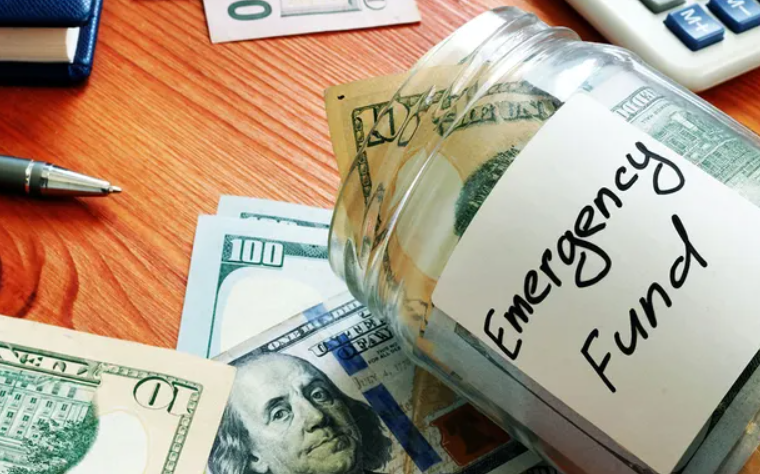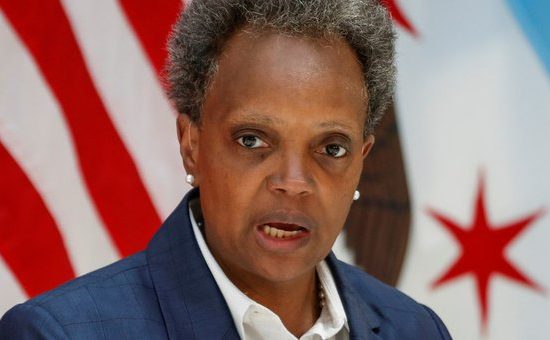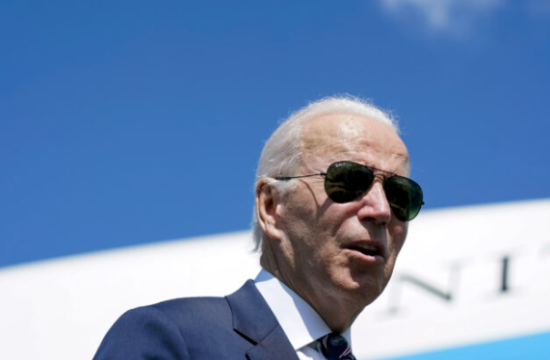According to a new poll, some American households are concerned about their emergency savings since consumer prices have increased to record levels due to record-high inflation.
Compared to 48 percent in 2021 and 44 percent in 2020, 58 percent of the 1,025 respondents questioned by Bankrate between June 3 and 5, 2022, stated they are concerned about the amount of emergency funds they had. Seventy-five percent of individuals who felt uneasy about their emergency fund either had no savings or had insufficient money to cover at least three months’ worth of living costs. Only 43% of individuals who reported extreme discomfort have any savings at all.
82 percent of respondents who said they were very or somewhat satisfied with their savings had at least three months’ worth of expenditures set aside. This percentage was 42 percent.
More over half (59%) of households making over $100,000 reported being at least somewhat comfortable with their emergency savings, compared to less than half (46%) of those making between $50,000 and $99,999. 37 percent of households with yearly incomes under $50,000 have no emergency funds at all.
Only 38% of millennials (aged 26–41) and 48% of baby boomers (aged 42–57) reported being somewhat or extremely comfortable with their emergency funds, respectively (ages 58-76).
Only 24% of individuals polled by Bankrate said their emergency fund had grown from the previous year. In comparison, 32 percent said they had the same amount of funds, 34 percent indicated they had fewer savings and 10 percent stated they had no savings then or now.
In the study, slightly more than a quarter (27%) of households had enough funds to pay for at least six months’ worth of costs, up from 25% in each of the previous two years. The highest rate since 2011, 22 percent of families polled have enough money saved to cover three to five months’ worth of expenses. 28 percent of homes overall had some savings, but not enough to pay for three months’ worth of costs.












